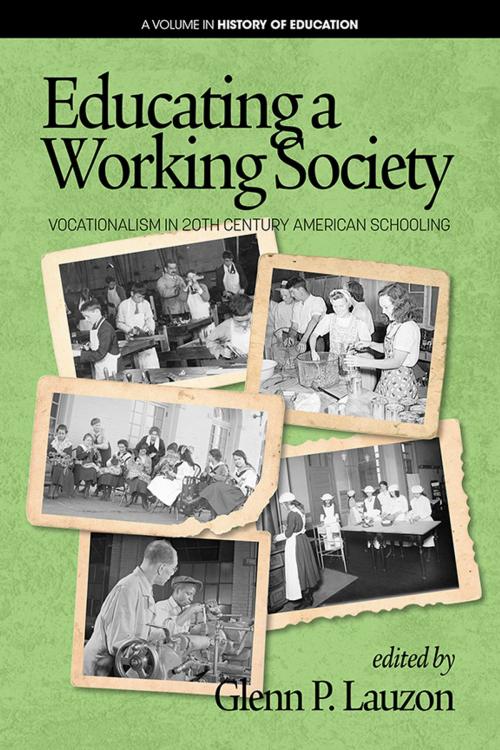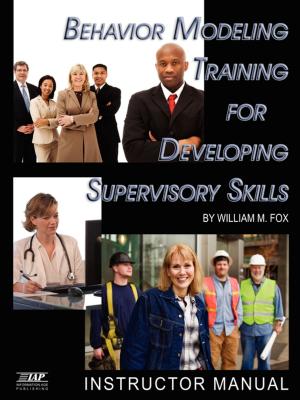Educating a Working Society
Vocationalism, the Smith-Hughes Act, and Modern America
Nonfiction, Reference & Language, Education & Teaching, Counseling & Guidance| Author: | ISBN: | 9781641134439 | |
| Publisher: | Information Age Publishing | Publication: | October 1, 2018 |
| Imprint: | Information Age Publishing | Language: | English |
| Author: | |
| ISBN: | 9781641134439 |
| Publisher: | Information Age Publishing |
| Publication: | October 1, 2018 |
| Imprint: | Information Age Publishing |
| Language: | English |
The future looks promising for the field of career and technical education (CTE). The Every Student Succeeds Act of 2015 eases the way to create multiple pathways for high school students to get to college and careers. Philanthropic foundations are funding innovations in career preparation. State departments of education are revamping program guidelines and graduation requirements. In many states, governors have made career preparation a priority. While people plan CTE’s future, Educating a Working Society looks to its past. This book explores twentieth-century efforts to bring schooling and work closer together. Chapters feature timely topics, such as public controversy over vocational programs, the influences of racism in philanthropic giving, students’ choices in course taking, teachers’ efforts to combine the academic and vocational missions of schooling, and contemporary trends in college and career readiness initiatives. Using schools to prepare youth for work has a long and troubled history. The contributors to this book dive into that history, bringing up compelling issues that challenge conventional wisdom about the history of education.
The future looks promising for the field of career and technical education (CTE). The Every Student Succeeds Act of 2015 eases the way to create multiple pathways for high school students to get to college and careers. Philanthropic foundations are funding innovations in career preparation. State departments of education are revamping program guidelines and graduation requirements. In many states, governors have made career preparation a priority. While people plan CTE’s future, Educating a Working Society looks to its past. This book explores twentieth-century efforts to bring schooling and work closer together. Chapters feature timely topics, such as public controversy over vocational programs, the influences of racism in philanthropic giving, students’ choices in course taking, teachers’ efforts to combine the academic and vocational missions of schooling, and contemporary trends in college and career readiness initiatives. Using schools to prepare youth for work has a long and troubled history. The contributors to this book dive into that history, bringing up compelling issues that challenge conventional wisdom about the history of education.















